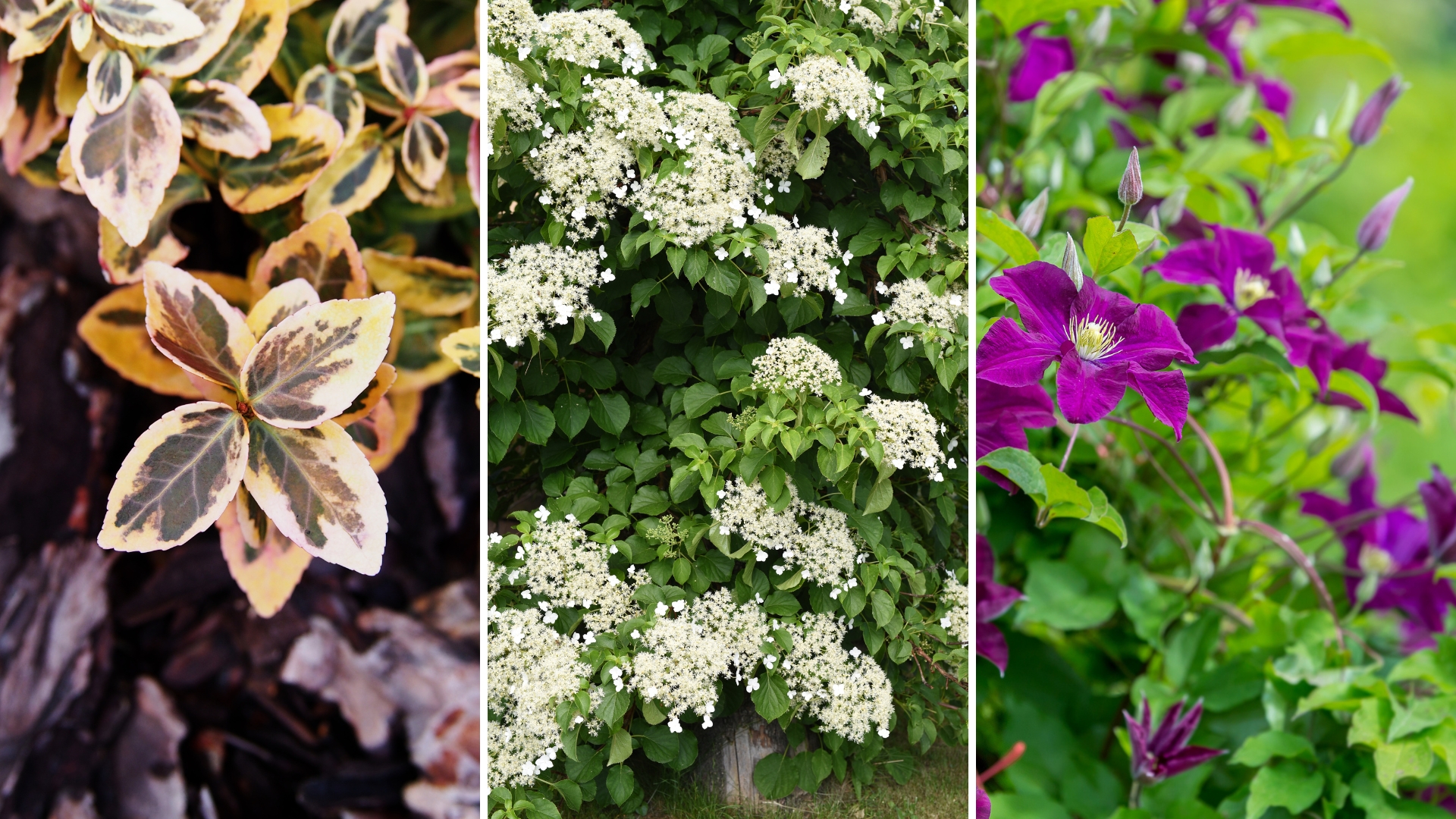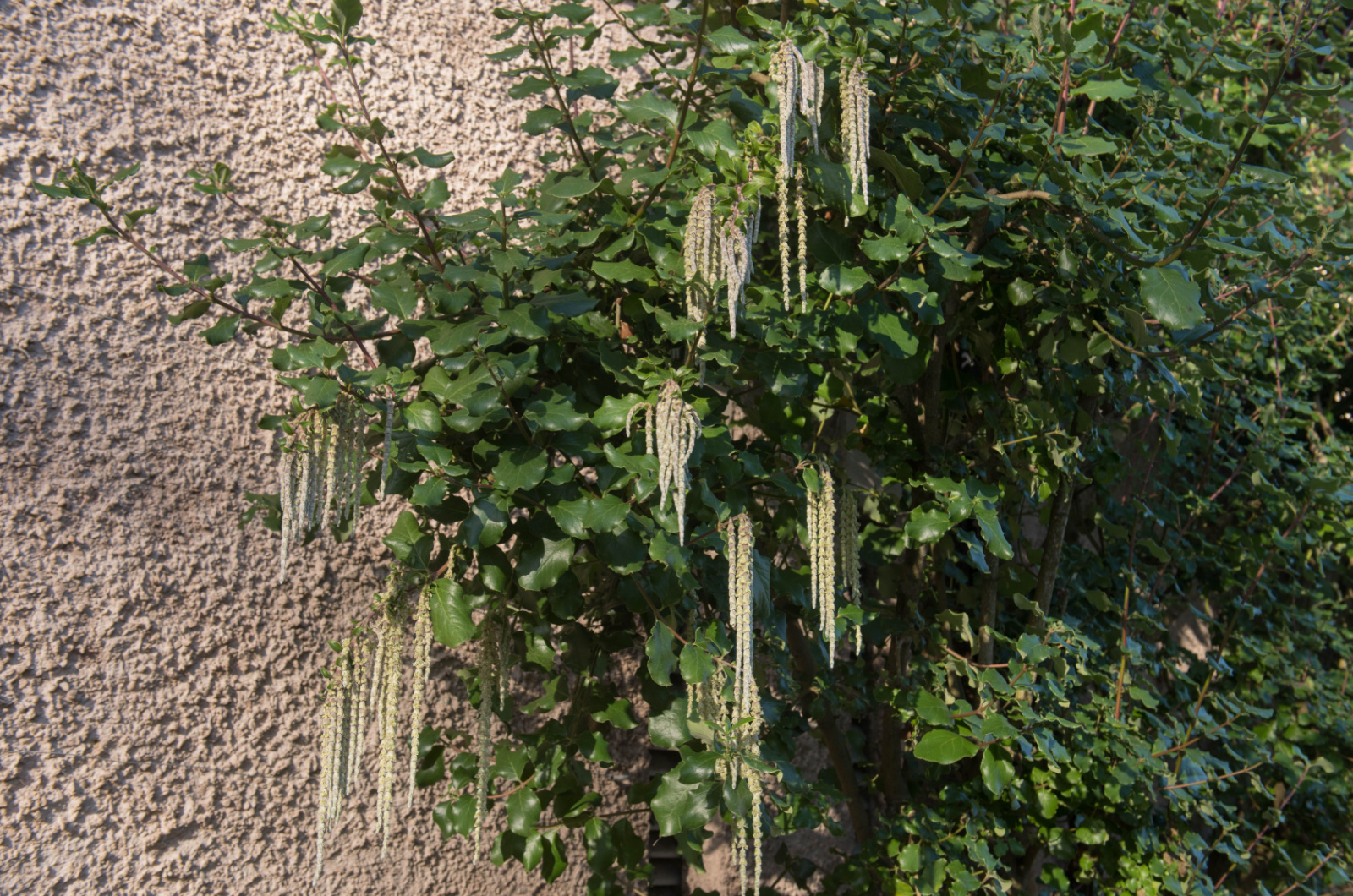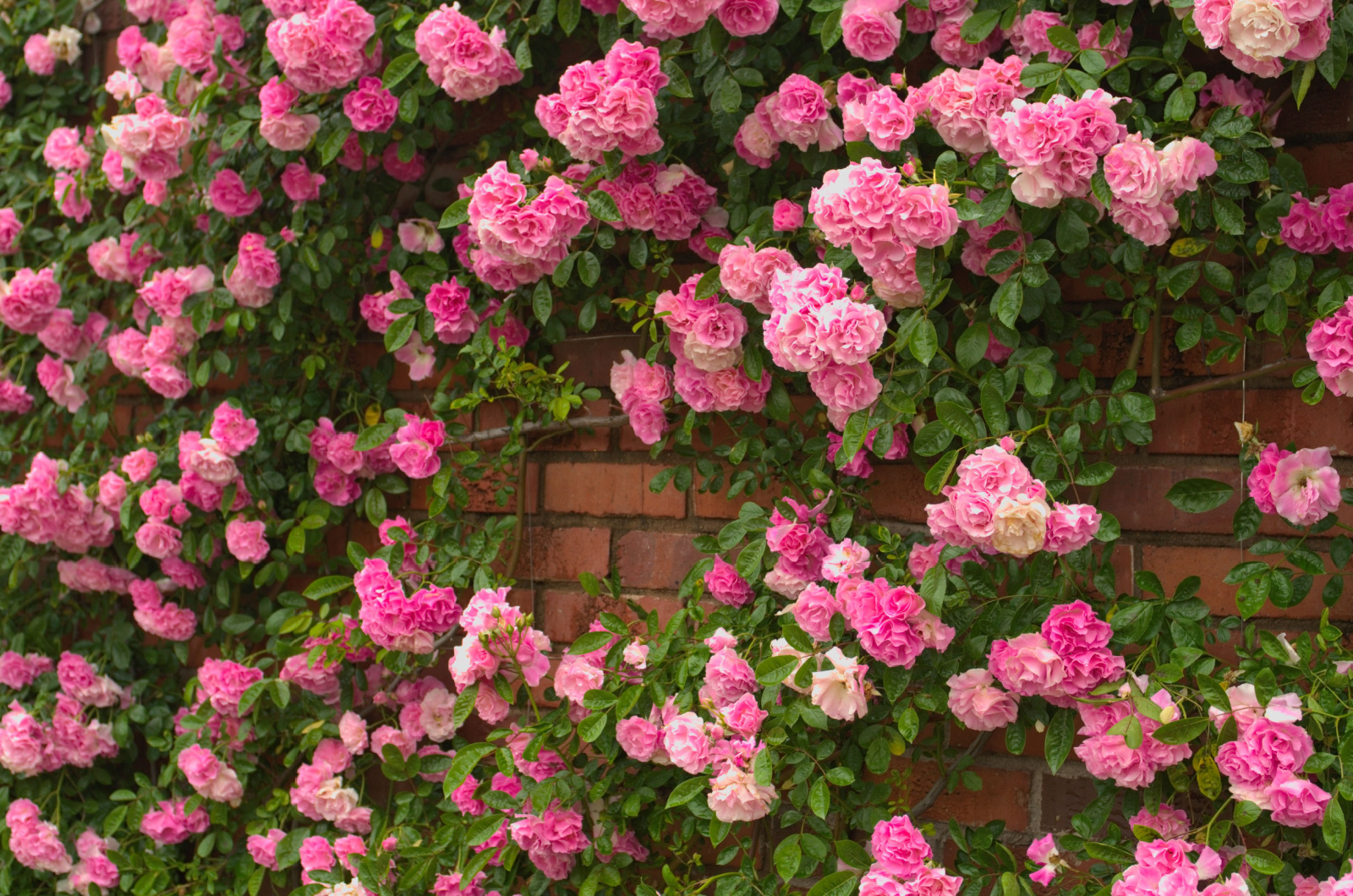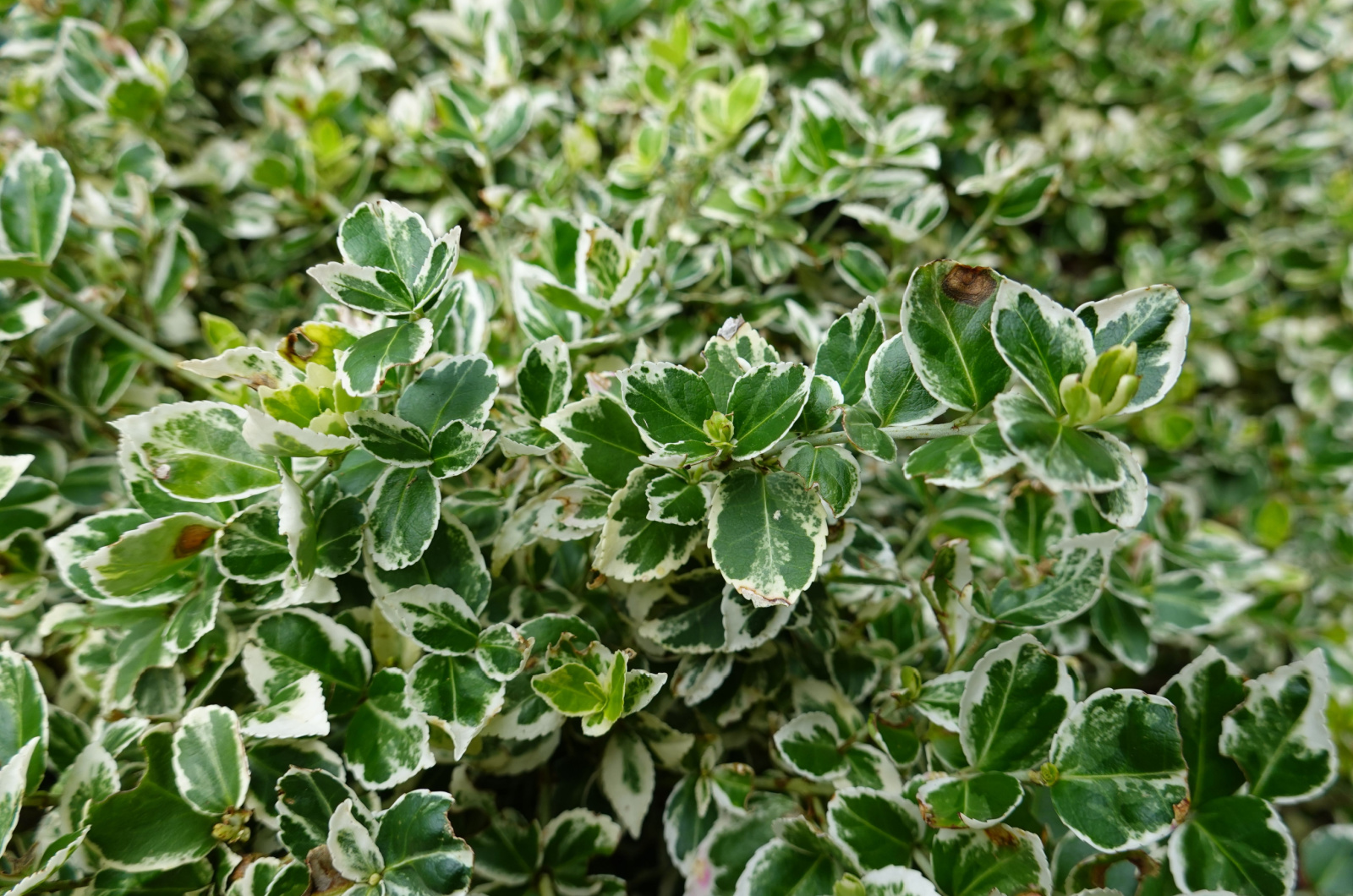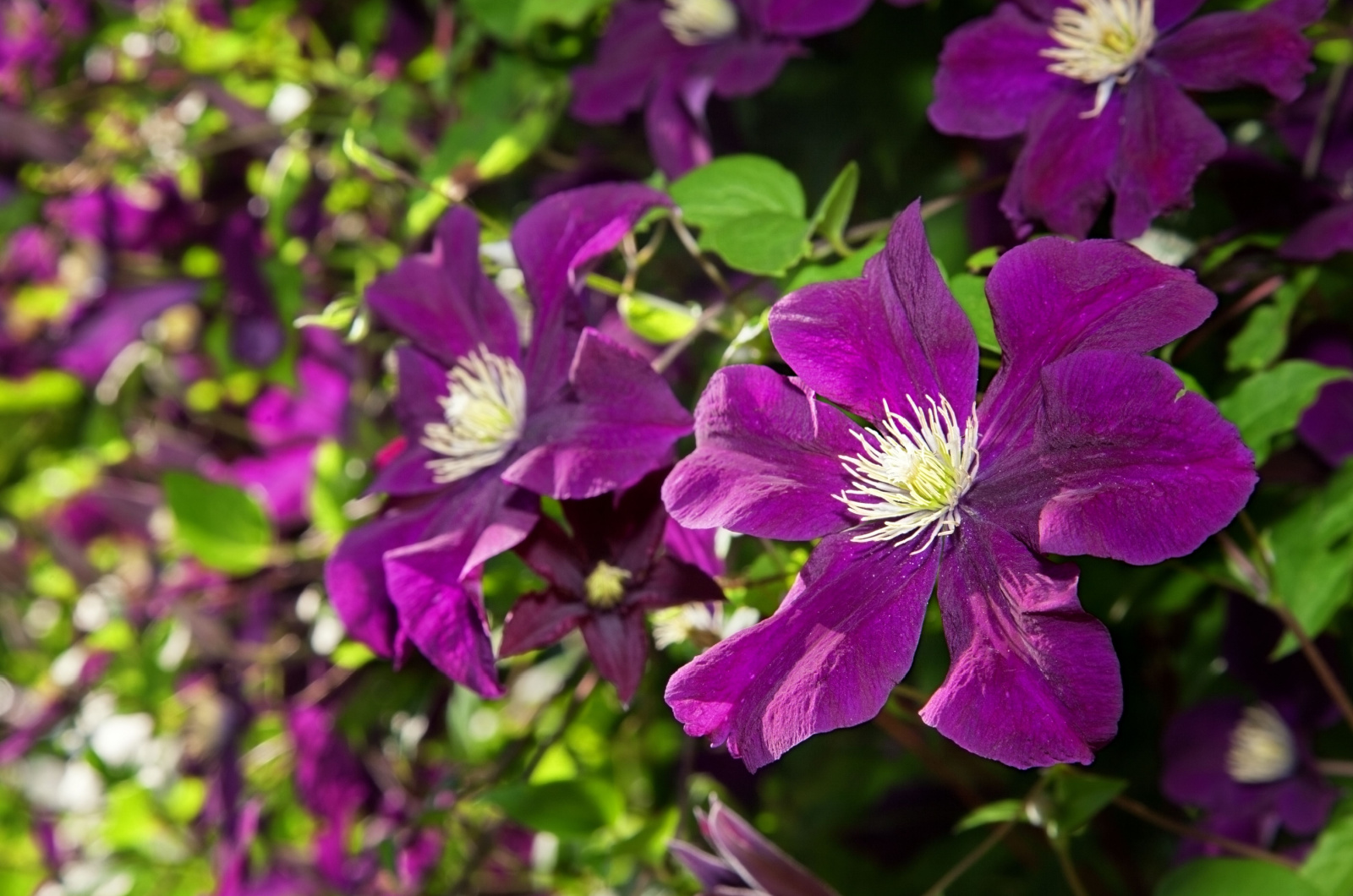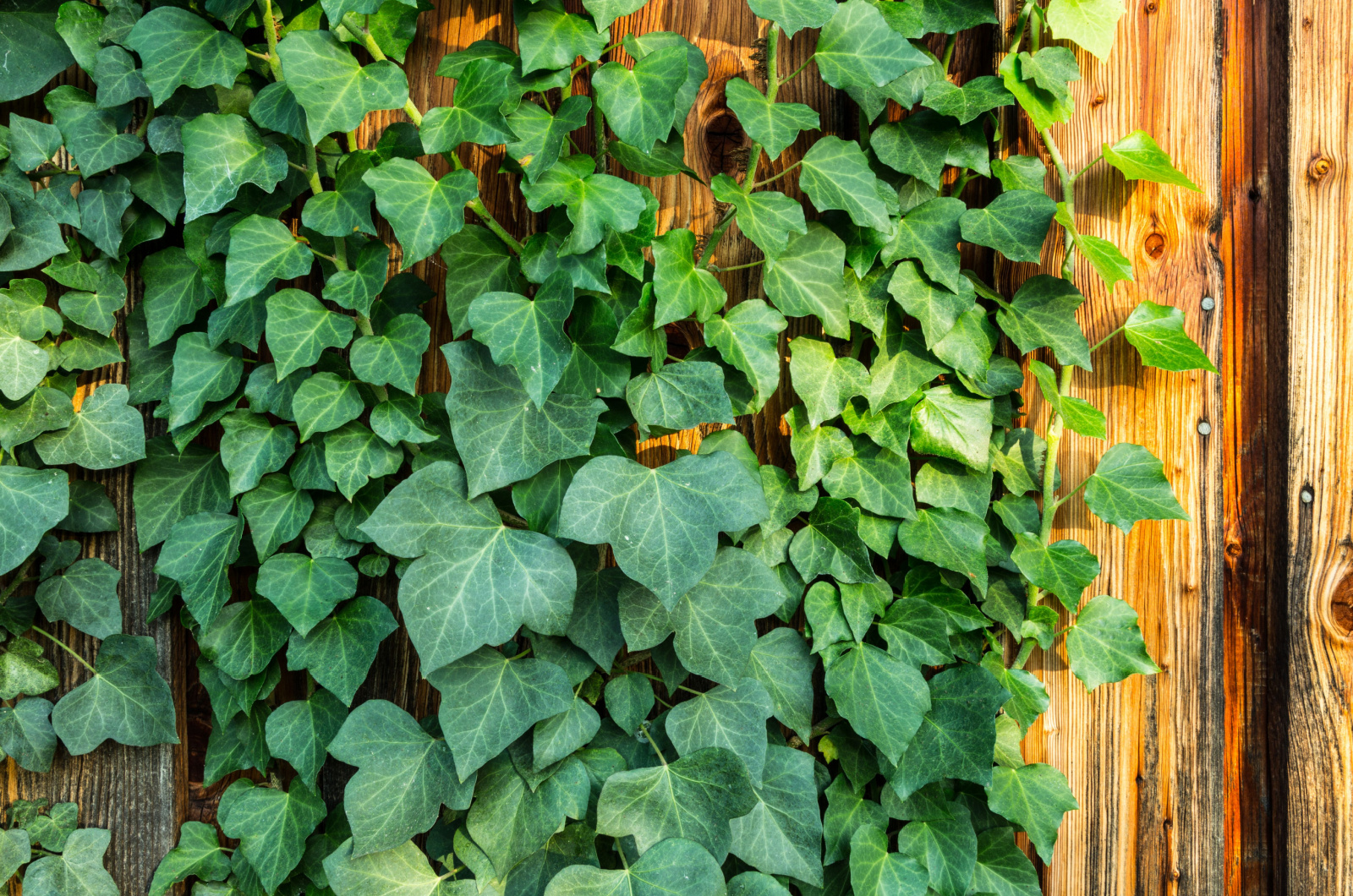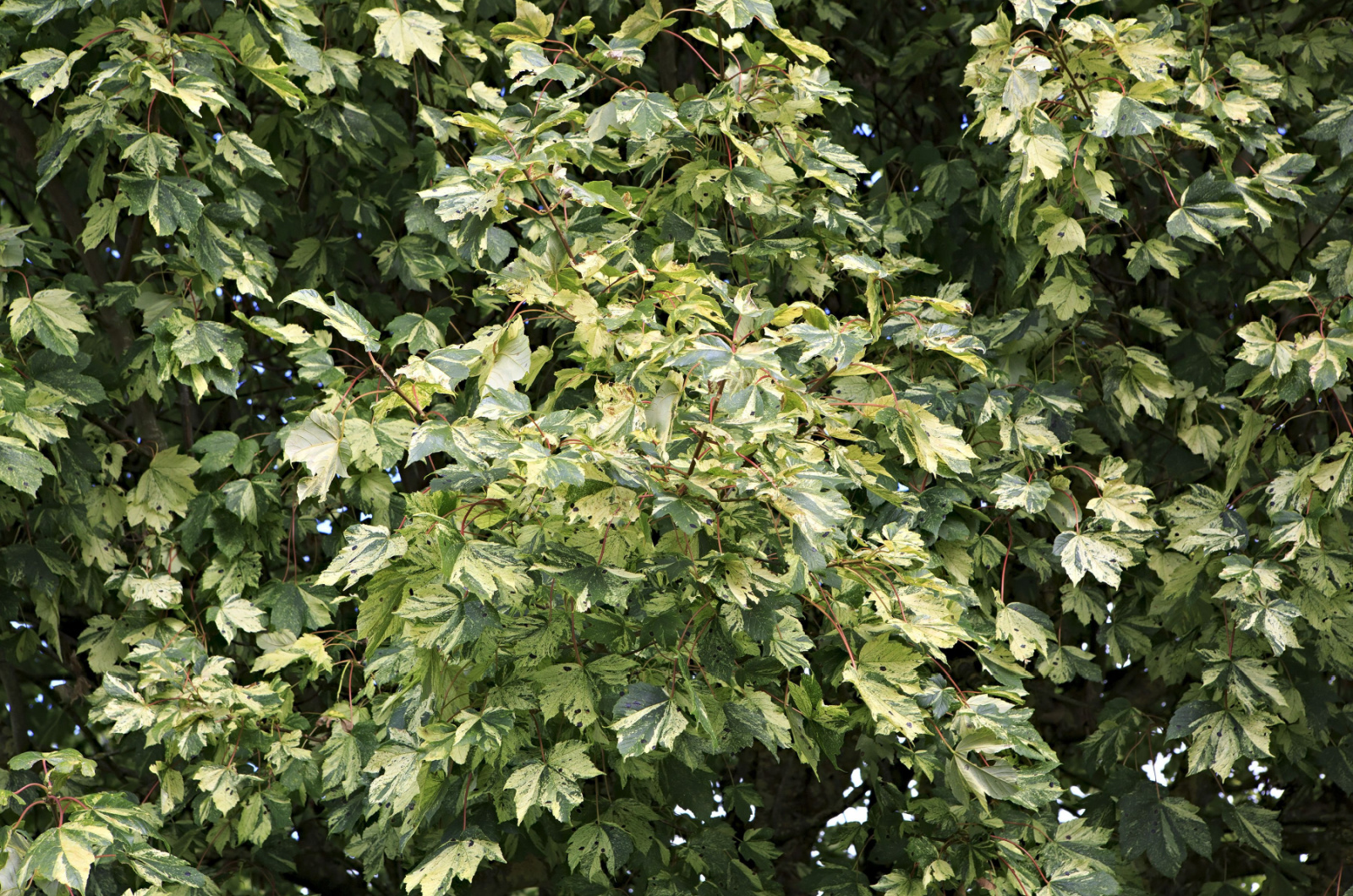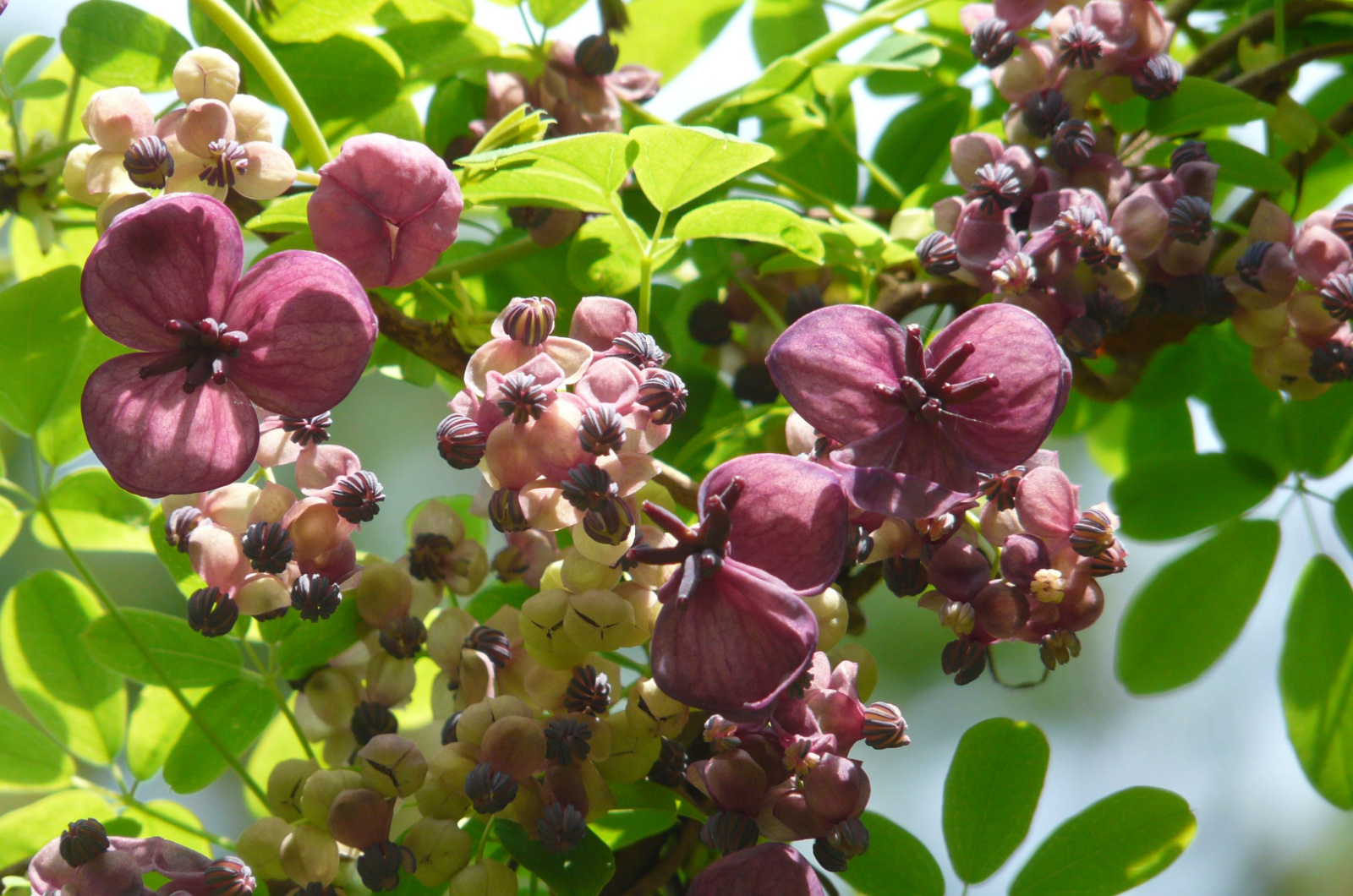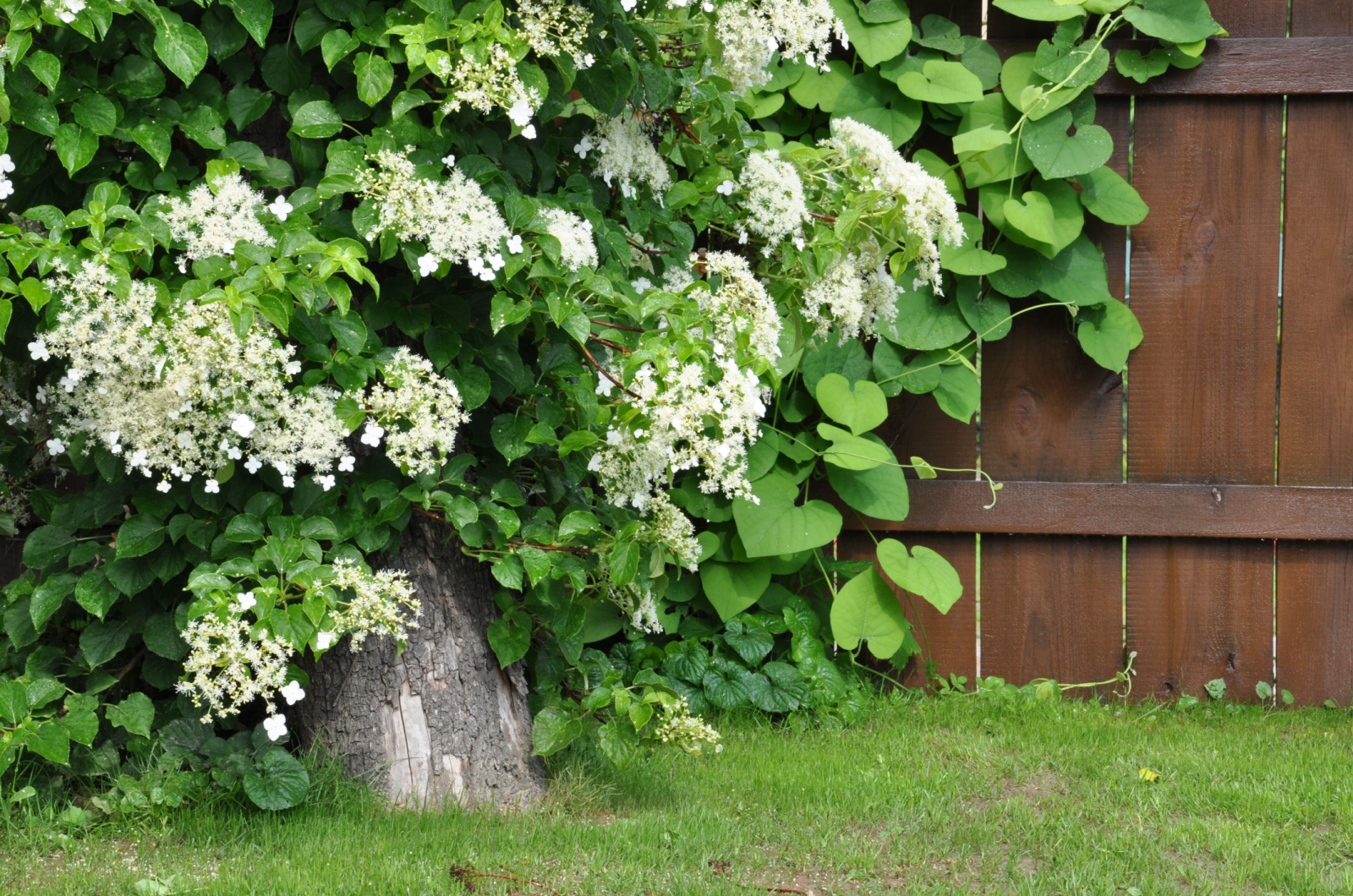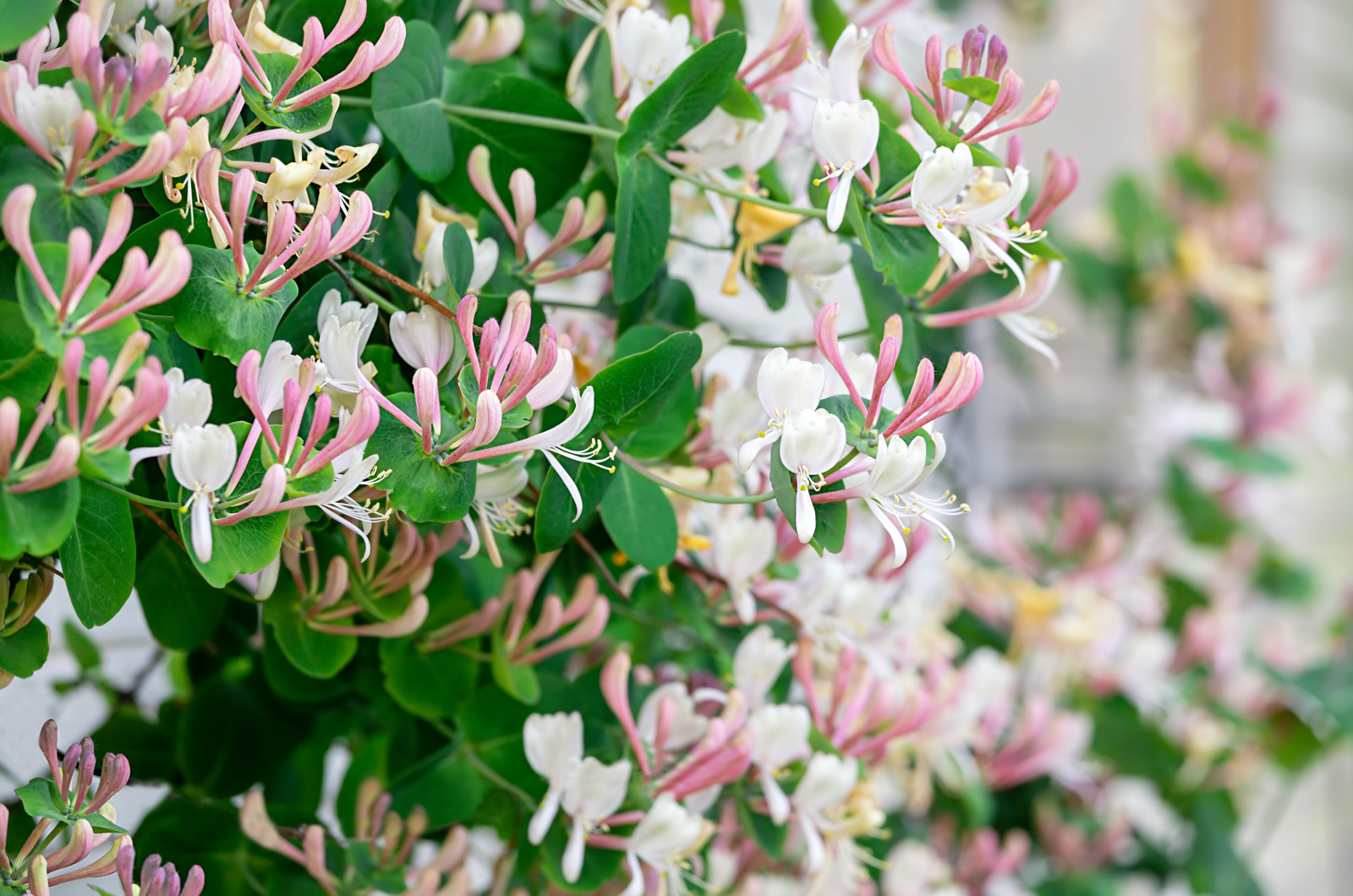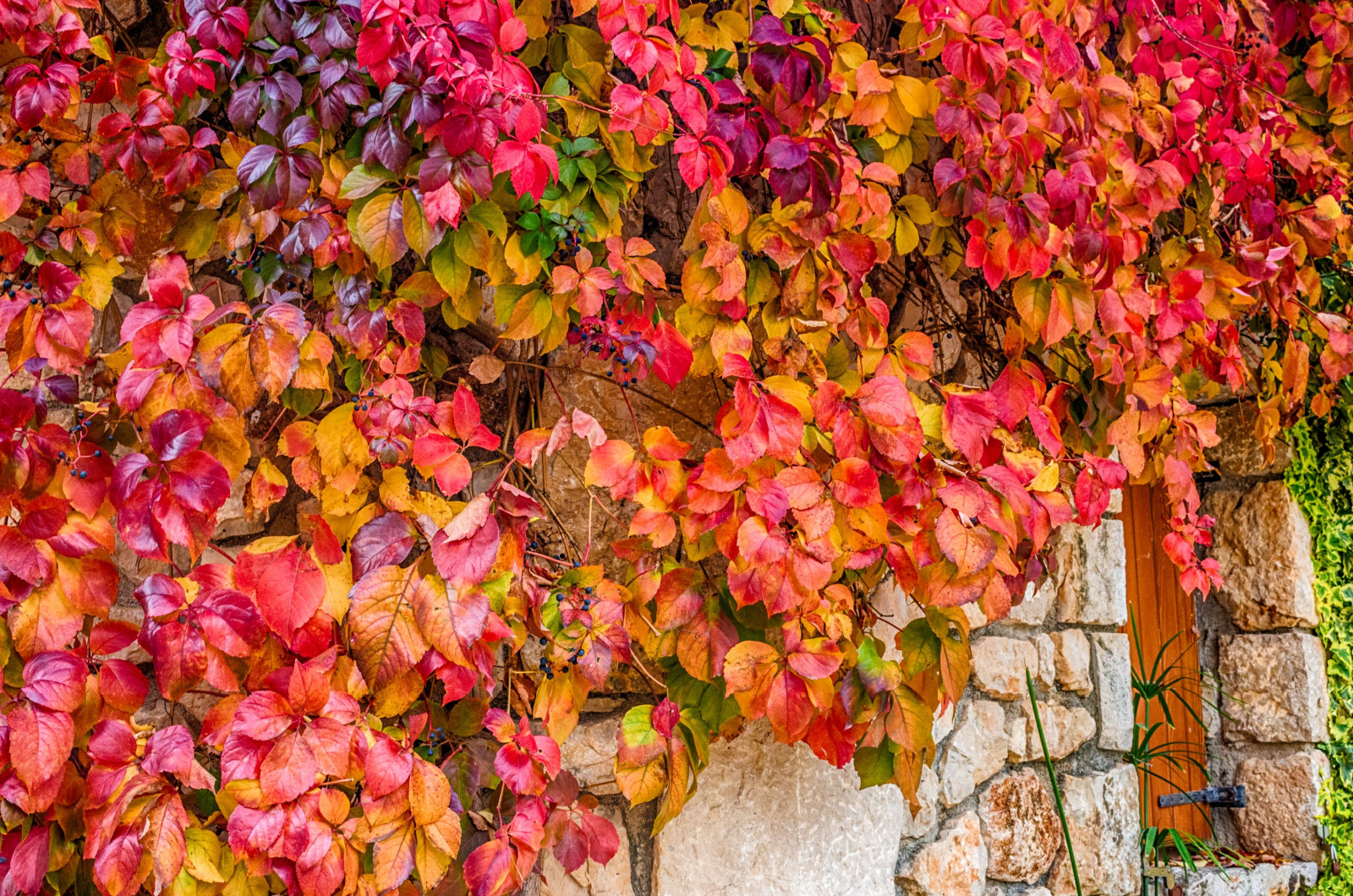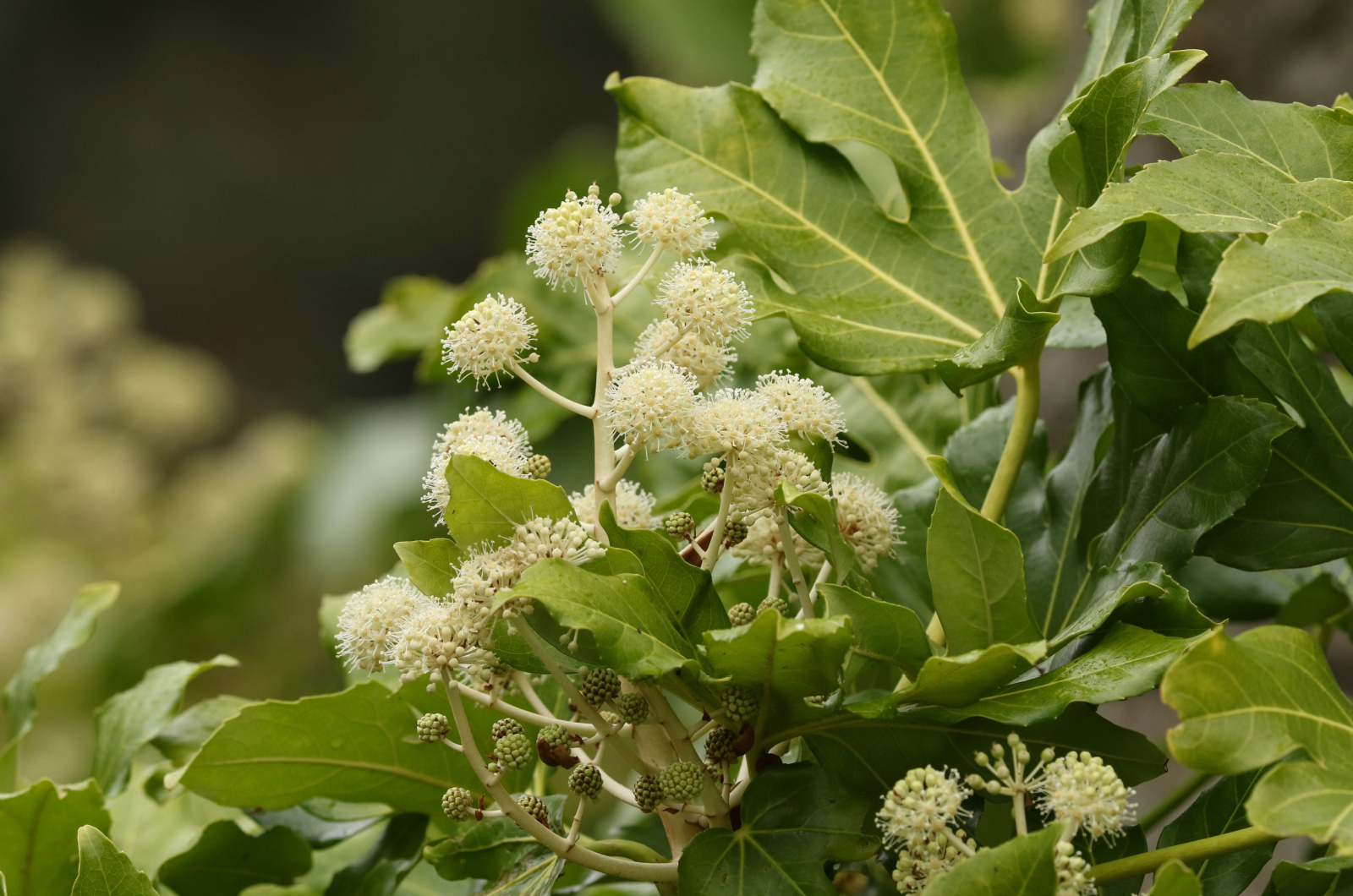It can be pretty challenging to grow plants in some corners of your garden due to inadequate conditions, such as lack of light.
The best example is north-facing walls, where sun exposure is limited and many garden favorites can’t survive.
Luckily, there are some plants that tolerate the lower light conditions and cooler temperatures found in darker spots in our outdoor spaces.
In this article, I’ll show you some of the best plants for north-facing walls that will cheer up the dullest parts of your garden!
Let’s get started!
1. Silk-Tassel Bush (Garrya Elliptica)
USDA zone: 8 through 10
Size: Up to 13 ft tall and wide
Best for: Winter garden
Wavy grayish-green foliage and stunning silverish catkins make the Silk-tassel bush one of the prettiest plants ever.
It starts producing blossoms in midwinter while many other plants are still asleep. The Silk-tassel is a resilient shrub and can grow in both partial and full shade.
However, it’s essential to plant this Garrya variety in a free-draining soil type. Bear in mind that strong winds can scorch the plant so, if possible, ensure some kind of protection.
After the blossoms fade, train the leaves on wires against the wall and remove any dead or damaged branches of your Silk-tassel bush to promote healthier growth.
2. Climbing And Rambling Roses
USDA zone: 4 through 10
Size: Depends on the variety
Best for: Romantic garden designs
I’m sure you are surprised to see roses on this list because these are the real drama queens when it comes to their required conditions. Well, some varieties are hardier and will thrive in partially shaded spots.
Claire Austin and Mortimer Sackler are splendid climbing varieties that can thrive when grown against north-facing walls.
On the other hand, rambling roses that will thrive in such surroundings include Crimson Shower and Wedding Day.
You will need to put more effort into maintaining these roses than for other common plants. Rose care includes feeding them twice a year, mulching the soil, pruning, and deadheading.
3. Euonymus Fortunei
USDA zone: 4 through 9
Size: Up to 2 ft tall, 4 feet wide
Best for: Easy-to-maintain coverage
Euonymus fortunei is one of the most beautiful evergreen shrubs and, even though they aren’t a strictly climbing species, you can train them to grow vertically against a north-facing wall.
These plants are easy to find and their hardiness is another reason why gardeners choose them.
You can spice things up by choosing more colorful varieties such as Wintercreeper, which is adorned by lovely foliage with light green margins and deep green centers.
4. Clematis Niobe
USDA zone: 4 through 9
Size: Up to 8 ft tall, 2 feet wide
Best for: Colorful gardens
If you’re more into colorful blooming plants, then the Clematis Niobe should be added to your collection.
Massive velvety red blooms and deep green foliage will add a special touch of beauty to your dull north-facing wall.
These plants perform well in shady areas, but make sure to prune your clematis in late winter to enhance growth.
5. English Ivy
USDA zone: 4
Size: Up to 39 ft tall, 13 ft wide
Best for: Easy-to-maintain coverage
Here’s an old garden classic, the captivating English Ivy. It doesn’t have a really good reputation because it spreads quickly and can take over a garden.
So, why do gardeners grow it, then? Well, keeping this plant under control isn’t a hard task and its brilliant foliage fits perfectly in any garden design.
Additionally, this is a low-maintenance plant to grow on a wall, and that’s all a beginner gardener needs.
It will survive in poor soil conditions and won’t mind being grown in full shade. Hedera helix species tolerate hard pruning, but make sure you complete this task in early spring.
6. Fatshedera Lizei (Fat-Headed Lizzie)
USDA zone: 7 through 10
Size: Up to 8 ft tall and wide
Best for: Courtyard design
The nickname of this plant is a little bit controversial, but its beauty is definitely the reason why it deserves a spot in your outdoor space.
This is a cross variety, bred from ivy and fatsia, and features shiny green foliage and tiny delicate greenish-white blooms.
You can either grow your Fat-headed Lizzie in a container or plant it directly in the ground, but you’ll need to train it to grow vertically.
7. Chocolate Vine
USDA zone: 4 through 9
Size: Up to 33 ft tall, 6 ft wide
Best for: Exotic garden
If you believe that north-facing windows are dull and nothing can change that, the Chocolate Vine will prove you wrong.
The exotic cup-shaped blooms come in deep purple and their scent reminds of chocolate.
This fast-growing climber produces self-twining tendrils, but make sure to give it some support to hold on after planting.
Chocolate vine is a large plant but you can cut it back after blooming if you have limited space.
8. Climbing Hydrangea
USDA zone: 5 through 7
Size: Up to 50 feet tall, 26 wide
Best for: Floral display
Low-maintenance hydrangeas are all a gardener can wish for. They look breathtaking, don’t need much to thrive, and can thrive when planted on north-facing walls.
Lacy blooms and heart-shaped foliage will add a touch of elegance to your garden display.
This hydrangea may take more time to fully establish but, once it does, the results are fascinating. You can use wires or trellises as a structural support.
Once the fall arrives, the leaves of climbing hydrangeas will turn yellow and, in winter, the dried blossom seed heads will steal the show.
Fertile, moist, and quick-draining soil types are key to healthy development of your climbing hydrangea.
9. Honeysuckle
USDA zone: 4 through 9
Size: Depends on the variety
Best for: Cottage gardens
I’m sure you’ve already heard about honeysuckle, but what you may not know is that these plants can thrive when grown on north-facing walls.
Their fragrant blooms come in various hues, such as scarlet, pink, and golden yellow. There are many varieties to choose from, but my favorites are definitely Goldflame and Belgica.
The foliage of honeysuckles is top heavy which is why wire or trellis is required.
10. Virginia Creeper
USDA zone: 3 through 9
Size: Up to 50 ft tall, 16 ft wide
Best for: Covering large walls
Here’s another fast-growing species you should consider growing on your north-facing wall. You can enjoy its green leaves during the summer that turn crimson when the fall arrives.
Virginia Creeper is frequently used as a ground cover plant but training it to climb is easy and gives amazing results.
You should prune it every two years to control growth unless you want it to spread to other parts of your garden quickly.
11. Fatsia Japonica
USDA zone: 8 through 10
Size: Up to 12 ft tall and wide
Best for: Container garden
Fatsia japonica is one of the most famous Japanese indoor plants but you can grow it outdoors and use it as a stunning focal point.
It makes an excellent container plant, so all you need to do is to put it in front of a north-facing wall and enjoy the view.
This Fatsia species doesn’t need a lot of light to display its gorgeous white blooms in mid-fall. These blooms give rise to tiny berries that look fascinating next to glossy foliage with structural shape.
If the space in front of your wall is very dark, I recommend choosing variegated Japonica varieties.
That’s it! Each of these plants will add a pop of color to your north-facing wall and enhance your outdoor space!

